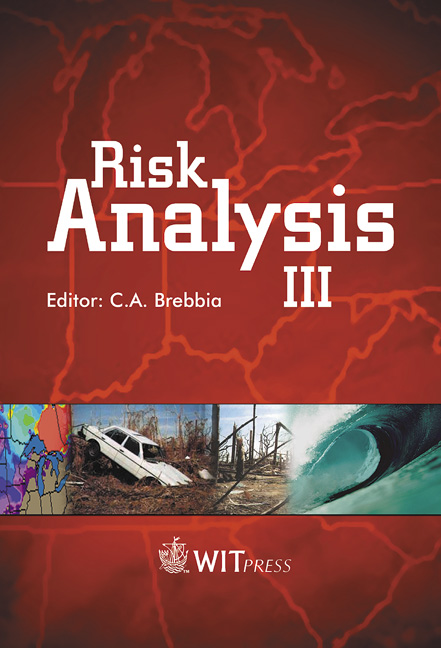Organisation Of Databases Of Accident Data
Price
Free (open access)
Transaction
Volume
31
Pages
Published
2002
Size
492 kb
Paper DOI
10.2495/RISK020391
Copyright
WIT Press
Author(s)
P. Antão & C. Guedes Soares
Abstract
This paper aims at discussing the main principles that should govern the organisation of accident databases so that they can contain enough information to be useful as a decision support tool for safety management. The importance of accidents as source of information towards safety is emphasised and the main aspects of how to model the causes of an accident and the other information that can be extracted from it will be discussed. Reference will be made to some databases of maritime, aviation and nuclear industries. Then, the general aspects an accident database will be discussed. The emphasis will be on the aspects that a database should cover, i.e., technical, human and organisational causes, and the possibility of statistical analysis. Also the possible ways for improving the reliability of data will be expressed. 1 Introduction Safety is currently a major concern in the all industries, in view of public concerns with the loss of human life as well as with environmental impacts of some well-known accidents. These two issues have raised widespread concern with safety. Despite the efforts of industry to improve training, change work habits, design or review of safety standards, accidents still occur. Much can be learned from accidents in order to have a better understanding of their causes so as avoid them in the future. To ensure that this is achieved, it is necessary that they are investigated with an approach that collects the necessary information and enables their causes to be identified [1]. An occurrence may result in serious injuries, illnesses, damage or environmental impact or any combination of these consequences. The purpose of research on safety is to prevent the recurrence of similar events by identifying and
Keywords





